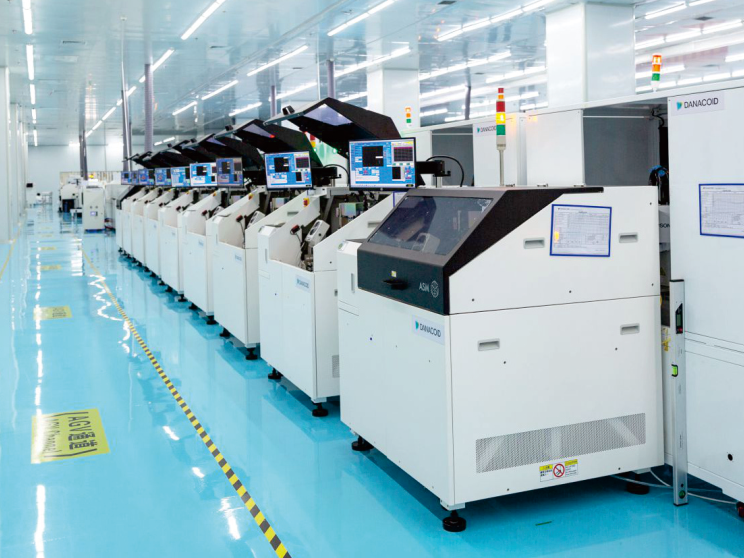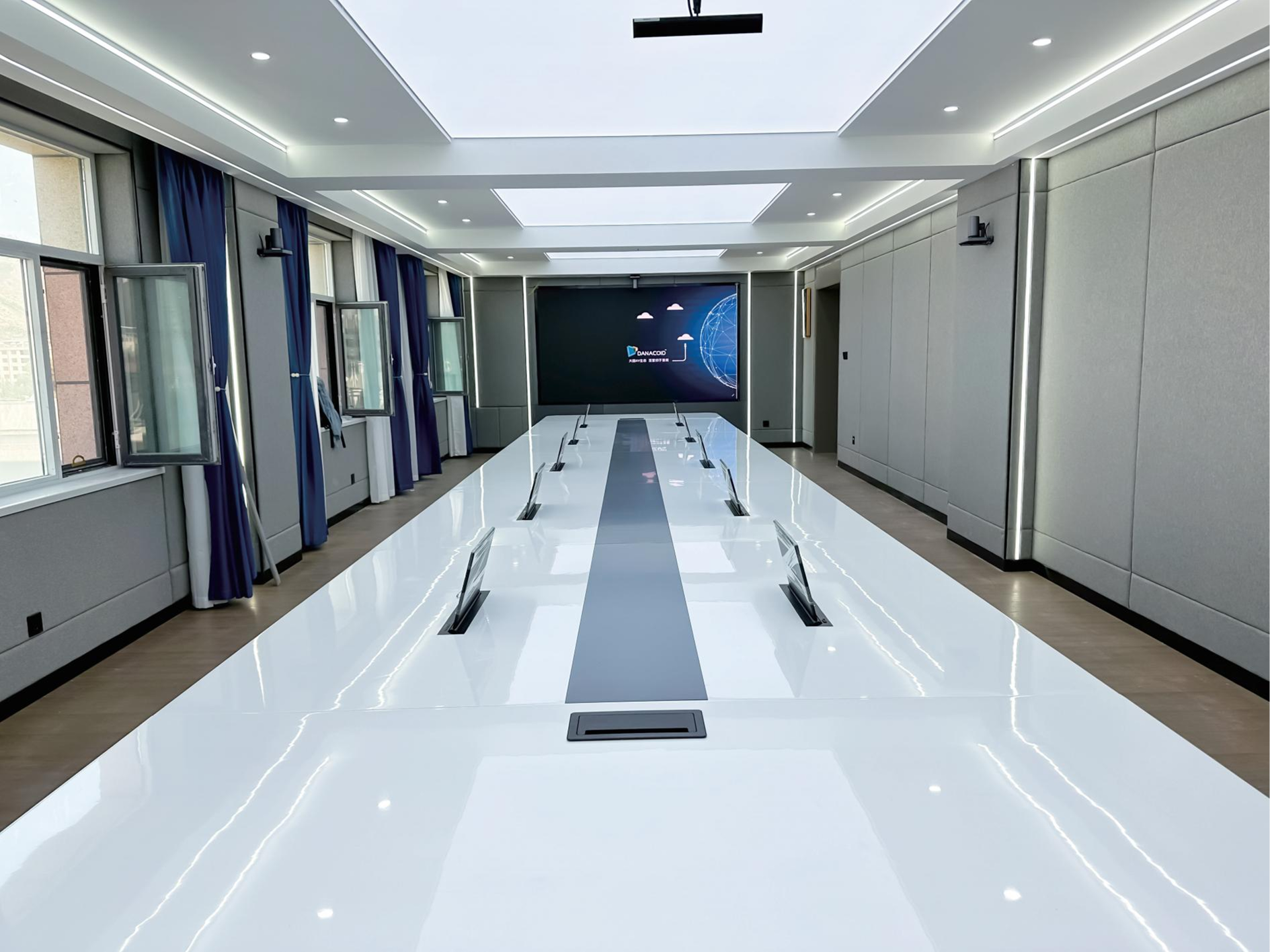Understanding Audio Performance Challenges in Modern Sound Systems
Loudspeaker sound systems form the backbone of any audio setup, whether in a home theater, professional venue, or outdoor event space. While these systems are designed to deliver crystal-clear sound, various issues can compromise their performance and leave users frustrated. By understanding common problems and their solutions, you can maintain optimal audio quality and extend the life of your sound system.
The complexity of modern loudspeaker sound systems means that problems can arise from multiple sources – from electrical connections to acoustic environments. Professional sound engineers often encounter these challenges and have developed proven methodologies to address them. Let's explore these issues in detail and discover practical solutions that anyone can implement.
Audio Distortion and Signal Problems
Identifying Different Types of Distortion
When loudspeaker sound systems produce unwanted noise or unclear audio, distortion is often the culprit. Harmonic distortion occurs when the speaker cannot accurately reproduce the input signal, resulting in additional unwanted frequencies. Intermodulation distortion happens when multiple frequencies interact incorrectly, creating new, unintended frequencies that weren't in the original signal.
Clipping is another common form of distortion that occurs when an amplifier is pushed beyond its limits, causing the audio signal to be cut off at its peaks. This not only sounds unpleasant but can potentially damage your speakers if left unchecked.
Solutions for Clean Audio Output
To address distortion issues in loudspeaker sound systems, start by checking your input levels and ensuring they're within the appropriate range. Reduce the volume on your amplifier and adjust the gain structure throughout your signal chain. This often resolves most basic distortion problems.
For persistent issues, inspect your cables for damage and verify that all connections are secure. Using high-quality cables and maintaining proper impedance matching between components can significantly reduce unwanted noise and distortion.
Speaker Placement and Room Acoustics
Optimal Speaker Positioning
The placement of loudspeaker sound systems greatly influences audio quality. Poor positioning can result in phase cancellation, standing waves, and uneven frequency response across the listening area. Consider the room's dimensions and layout when positioning speakers, maintaining appropriate distances from walls and corners.
For stereo setups, ensure speakers are equidistant from the primary listening position and angled correctly to create an ideal stereo image. In larger venues, careful consideration must be given to speaker height, angle, and coverage patterns to achieve uniform sound distribution.
Managing Room Reflections
Room acoustics play a crucial role in sound system performance. Hard surfaces can create unwanted reflections that interfere with direct sound, causing comb filtering and reducing clarity. Installing acoustic treatment materials strategically around the room can help absorb or diffuse problematic reflections.
Consider using bass traps in corners, absorption panels at first reflection points, and diffusers on the rear wall. These treatments help create a more controlled acoustic environment for your loudspeaker sound systems.

Power and Electrical Considerations
Understanding Power Requirements
Inadequate power supply is a common issue affecting loudspeaker sound systems. Each component has specific power requirements that must be met for optimal performance. Underpowered systems can lead to poor dynamic range, insufficient volume, and potential damage to components.
Calculate the total power needs of your system, including amplifiers and processing equipment. Ensure your electrical system can handle the load, especially for larger installations. Consider using dedicated power circuits for audio equipment to minimize interference from other devices.
Eliminating Ground Loops and Interference
Ground loops occur when multiple components are connected to different ground references, creating unwanted hum or buzz in the audio signal. This common issue with loudspeaker sound systems can be resolved by ensuring all components share a common ground point and using balanced audio connections where possible.
Power conditioners and isolation transformers can help clean up electrical noise and protect your equipment from voltage fluctuations. Regular maintenance of power connections and grounding points helps prevent these issues from developing.
Maintenance and Prevention
Regular System Checks
Preventive maintenance is crucial for keeping loudspeaker sound systems operating at their best. Develop a regular schedule for testing and inspecting all components. Check for loose connections, worn cables, and signs of physical damage to speakers or other equipment.
Use measurement tools like Real-Time Analyzers (RTAs) to monitor system performance and identify potential issues before they become serious problems. Keep detailed records of maintenance activities and system settings for future reference.
Component Care and Storage
Proper care of system components extends their lifespan and maintains performance quality. Store equipment in climate-controlled environments when not in use, avoiding extreme temperatures and humidity. Clean speaker grilles and cabinets regularly to prevent dust accumulation.
For portable loudspeaker sound systems, use appropriate cases and covers during transport. Handle equipment carefully to avoid physical damage, and always follow manufacturer guidelines for operation and storage.
Frequently Asked Questions
How can I tell if my speakers are blown?
Common signs of blown speakers include distorted sound at any volume level, rattling or buzzing noises, and no sound output despite power being supplied. Visual inspection may reveal damaged cones or surrounds. If you suspect speaker damage, reduce volume immediately and have the unit professionally assessed.
What causes feedback in sound systems?
Feedback occurs when a microphone picks up sound from speakers and creates a loop. This can be prevented by proper speaker and microphone placement, using directional microphones, and implementing feedback suppressors in the signal chain. Careful EQ adjustment can also help reduce feedback-prone frequencies.
How often should loudspeaker sound systems be serviced?
Professional sound systems should undergo thorough inspection and service at least annually, with more frequent checks for systems used regularly or in demanding environments. Home systems may require less frequent servicing but should still be checked periodically for optimal performance and safety.









